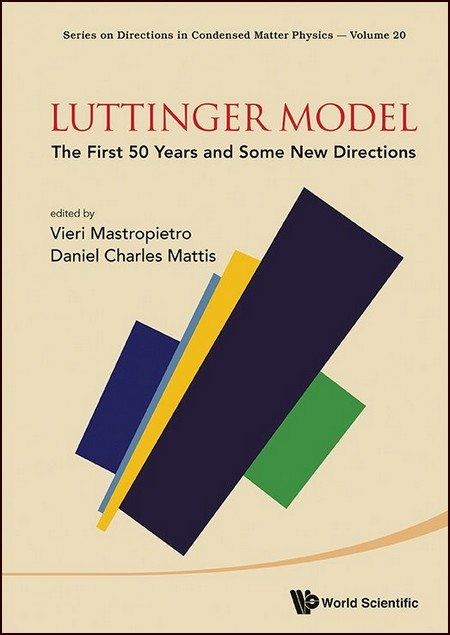LUTTINGER MODEL IN DIMENSIONS d > 1
In the present work the Luttinger model is formally extended to d > 1 dimensions. For purposes of comparison with the original model only short-range forces linking the fermions have been considered (as in the Hubbard model). The Fermi sea is decomposed into sectors labeled by wave-vectors q, each containing a set of orthogonal, independent normal modes. Operators that create or destroy normal modes within any given sector are shown to commute with those originating in other sectors. Because the Hamiltonian within each sector is a quadratic form in these normal modes it can be diagonalized in a multitude of ways. One convenient method consists of mapping it onto a model first introduced elsewhere in this volume, the d = 1 expanded Luttinger model. It too can be diagonalized, albeit not so trivially as the original, but by constructing and then diagonalizing a boson string. A product of eigenstates — one from each sector — is used to construct an exact eigenstate of the full many-body problem if the algebra connecting all the normal modes is Abelian. However, some form of non-Abelian algebra governs the normal modes in the presence of any sort of long-range order (LRO), whether ferromagnetic, antiferromagnetic or superconducting. (Note that the Mermin-Wagner theorem does preclude spontaneous LRO in dimensions d ≤ 2). Although it is also important to understand the nature of dynamical exchange corrections to arbitrary-range interactions — including the physically important Coulomb interaction — a detailed derivation, together with such other conundrum as the calculation of one-fermion distribution functions from “first principles,” all are topics relegated to future publications.



